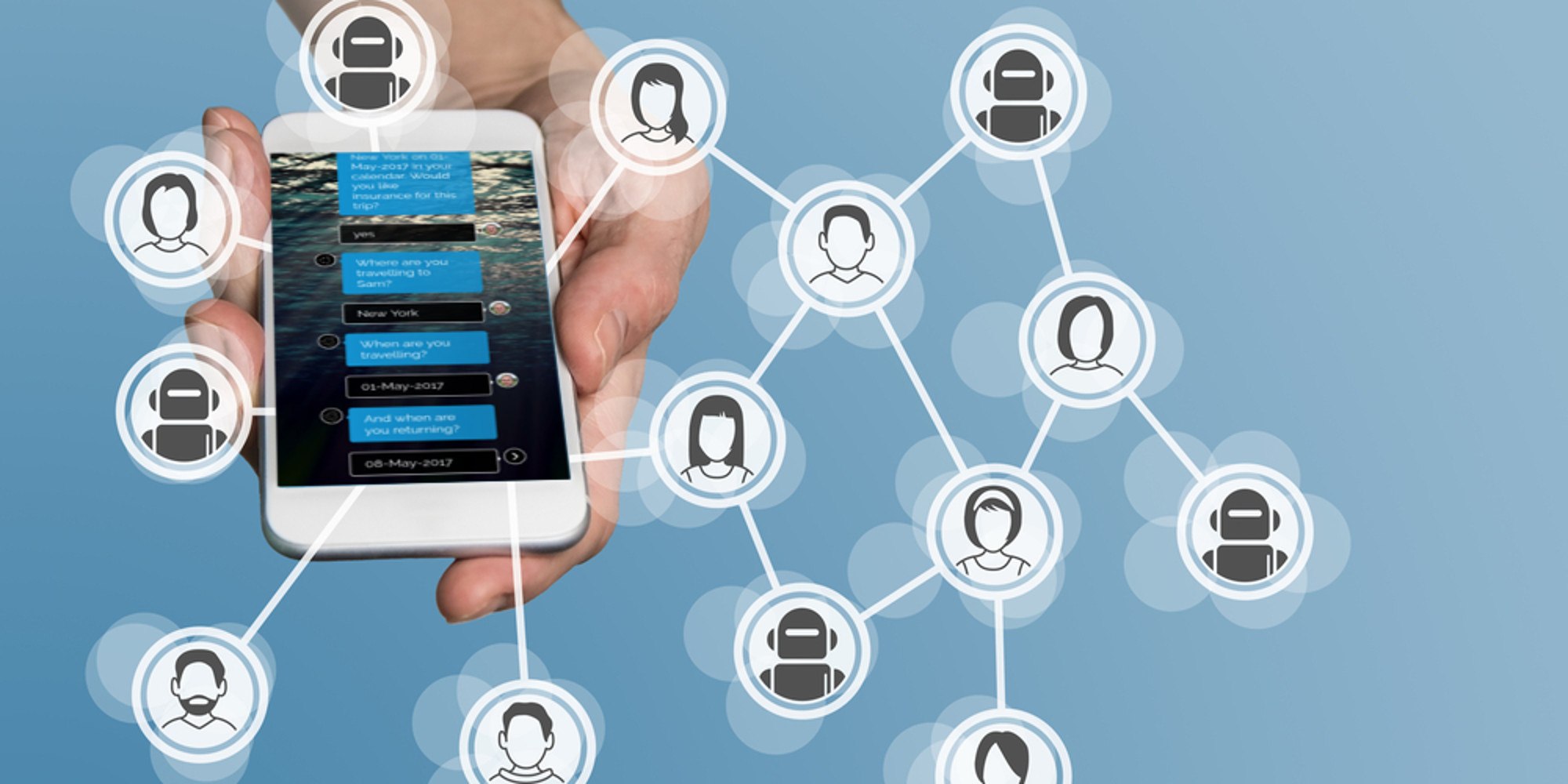
chatbots
Soon it will be chatbots generating your insurance
31st March 2017
Advances in artificial intelligence (AI) technologies have improved the ability of chatbots to learn and communicate effectively, opening up new ways of using the technology to interact with customers.Away from the initial concept of chatbots as intelligent, pre-programmed customer service agents, the platform offers a real opportunity for insurance retailers to shift the shopping experience to a more consumer-centric focus.
What if the predictive nature of chatbots could be used to shorten the customer journey, guiding customers through the insurance shopping experience with casual, conversational language and reducing the number of input fields that are typically needed to generate a quote?
Conversational input
Chatbots are perfectly primed to meet changing customer needs and make the insurance quotation process more accessible.
Chatbots are perfectly primed to meet changing customer needs and make the insurance quotation process more accessible.
As well as offering an 'always-on' service, one of the main benefits of chatbots is their ability to understand information presented in a different format. Rather than processing details as inputted in traditional data forms, chatbots have a more natural approach to collecting customer information. Chatbots learn about the consumer the same way humans learn about one another: through conversation. In this way, chatbots could remove the burden of mundane question sets as usually required by the insurance quotation process, personalising the shopping experience and engaging the customer with their purchase.
Big data
The real potential of chatbots to shorten the quotation process however lies in the ability to integrate with big data and automatically populate necessary fields from industry databases and other sources. Thanks to a combination of image recognition technology and big data, chatbots could draw details from a photo of the user's driving licence and verify this information against the MyLicence database.Not only does this massively reduce the amount of customer input required, it also authenticates a customer's identity against details from secure databases, potentially reducing instances of fraud. Furthermore, thanks to machine learning, information from various databases can then be used by the bot to identify purchasing patterns or fraudulent activity, and price preferentially.
Time to chat?
Thanks to the rise of live chat and messenger apps, there is a strong appetite for chat services amongst consumers. Recent months have seen more and more businesses unveil chatbots as part of their service offering, with household names such as Pizza Express, eBay and Unilever launching bots integrated with Facebook's Messenger platform.Recent research suggests that consumers are more than happy to engage with businesses via chat services, with 63% having used webchat to contact organisations. The figures also reveal that consumers are keen to use the platform to access insurance services; 48% expressed interest in using webchat to contact their insurer in the future.
As demand increases for access to insurance retailers via the latest technology, chatbots represent a very real breakthrough for insurers offer to meet changing customer needs and provide an accessible, intuitive way to purchase insurance.
© 2025 Cheshire Datasystems Limited
Top Employer

